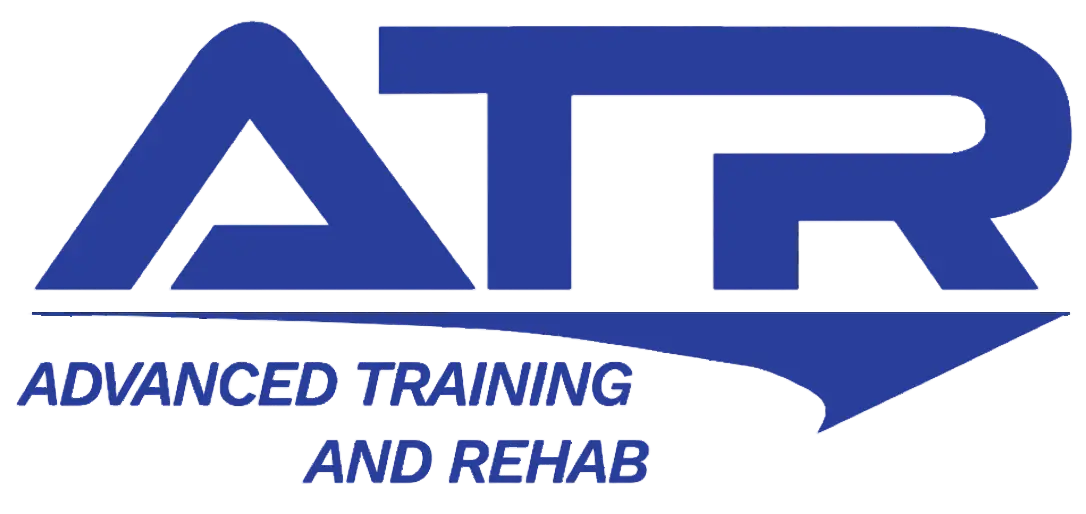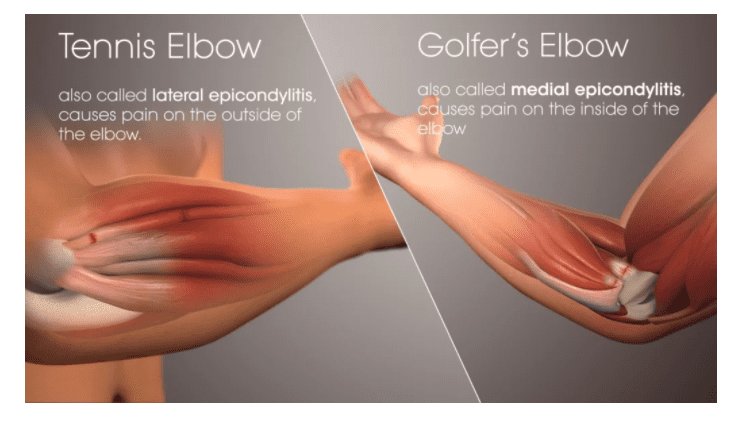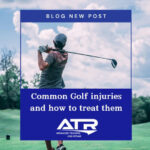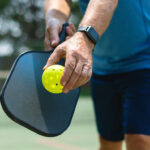Tennis Elbow
Tennis elbow, or lateral epicondylitis, is a painful condition of the elbow caused by overuse. Not surprisingly, playing tennis or other racquet sports can cause this condition. However, several other sports and activities besides sports can also put you at risk. Tennis elbow is inflammation or, in some cases, microtearing of the tendons that join the forearm muscles on the outside of the elbow. The forearm muscles and tendons become damaged from overuse.This leads to pain and tenderness on the outside of the elbow. Treatment of Tennis Elbow involves a multi facet approach involving communication between the physician, the patient, and the physical therapist.
Treatment of Tennis elbow more than often includes a non-surgical approach. This approach is made up of three parts which include rest, medications, and physical therapy. The first step toward recovery is to give your arm proper rest. This means that you will have to stop or decrease participation in sports, heavy work activities, and other activities that cause painful symptoms for several weeks. Medications can include Acetaminophen or nonsteroidal anti-inflammatory drugs (NSAIDs), such as ibuprofen or naproxen which can reduce pain and swelling present. Physical Therapy involving specific exercises are helpful for strengthening the muscles of the forearm. Your therapist may also perform ultrasound, ice massage, or muscle-stimulation techniques to improve muscle healing. If conservative treatment does not work, a physician may perform an injection or surgery to address the injured tissues.
Golfer’s Elbow
Golfer’s elbow is one of the most common golf injuries. Technically called medial epicondylitis, it is an inflammation of the tendons that attach your forearm muscles to the bone on the inside of your elbow. It is common among beginners in golf, but it can result from many kinds of repetitive arm motion, such as hammering or throwing. Golfer’s elbow is most common in the right elbow of a right-handed novice golfer. Those who develop the condition often have an incorrect weight shift and tend to “throw the club down” at the ball. This is sometimes referred to as “hitting from the top.” This can increase the stress on the muscles on the inside of the forearm. The most common symptom is inner elbow pain and/or pain in the inside of the forearm, but feelings of stiffness, weakness and/or tingling may also occur. Pain and tenderness are usually felt on the inner side of the elbow, but may also spread to the forearm and wrist.
Treatment also includes rest as well as utilizing NSAID pain medications to reduce swelling and tissue irritation. Physical therapy treatment of golfer’s elbow is very common as is completion of injections including corticosteroids and plasma rich protein injections. Most cases of golfer’s elbow resolve with some combination of the conservative options described above, but in about 10% of cases, patients will require surgery. The surgery, known as medial epicondyle release, involves removing the degenerated area of tendon and, if a tear is present, repairing it.
At ATR, our clinicians have treated both Golfer’s Elbow and Tennis Elbow many times. If you are interested in the treatment or know someone who needs treatment, reach out to one of our 22 clinics around the St. Louis Area.
ATR: St Louis’s Homegrown PT Company
Author: John Cichon, PT DPT at ATR Kirkwood.
To schedule an appointment with one of our specialists call a location near you today!




